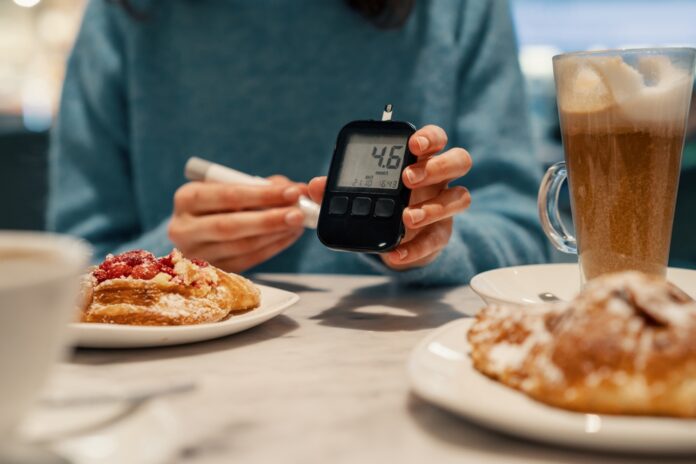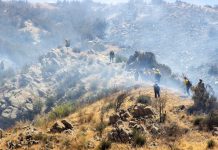According to a recent study by the Centers for Disease Control and Prevention, there could be as many as 220,000 people under age 20 with Type 2 diabetes by 2060, an increase of nearly 700%. To address this trend within local communities, the El Camino Healthcare District has funded 12 initiatives totaling $1.1 million that focus on both diabetes and obesity.
“Nutrition knowledge and eating habits are learned early on in life,” said George Ting, M.D., chair of the El Camino Healthcare District. “We believe it is important to teach youth about food so they can make healthy choices to decrease the increasing incidence of obesity and Type 2 diabetes.”
Type 2 diabetes can often be controlled through diet and exercise. Six local programs that received the district’s funding target youth by increasing activity levels or providing education around nutrition. Two of these are Project Power and Living Classroom.
Living Classroom teaches science in the garden and runs a “farm-to-lunch” program for children in pre-kindergarten through sixth grade in the Mountain View Whisman School District. Vicki Moore, who founded the program in 2007, said putting children in a garden where they plant and tend to seedlings that they grow, cook and eat fosters an understanding of where food comes from while showing youth how to make healthier choices in a judgment-free way.
“In first grade they’re learning the importance of sun, water and air, and by sixth grade students are learning about ancient civilizations, and growing and harvesting Mediterranean crops and cooking dishes,” Moore said. “The approach is staged by grade level so it’s relevant to young learners. Last year we reached 3,400 students.”
Project Power is provided by the American Diabetes Association (ADA). It incorporates nutrition education and physical activity outside of school, in aftercare and summertime programs reaching underserved communities in Santa Clara County where awareness around healthy eating is sometimes lacking.
“The main focus of Project Power is to raise diabetes awareness and offer diabetes risk reduction education. This no-cost lifestyle change program empowers adults and children to reduce their risk or manage and thrive with Type 2 diabetes,” said Alan Kissick, executive director for the ADA in Northern California. “If we can inspire youth to live healthier lives, then we have a chance at tipping this worrisome trajectory in a heathier direction.”
Kissick added that the timing is critical. CDC data revealed that among patients hospitalized with severe Covid-19 complications, almost 40% were living with diabetes as an underlying medical condition.
“There’s a whole ecosystem of healthier choices people can make,” he said. “Programs like ours and Living Classroom can help be the solution and teach people to access healthier foods, either buying or growing them themselves.”










